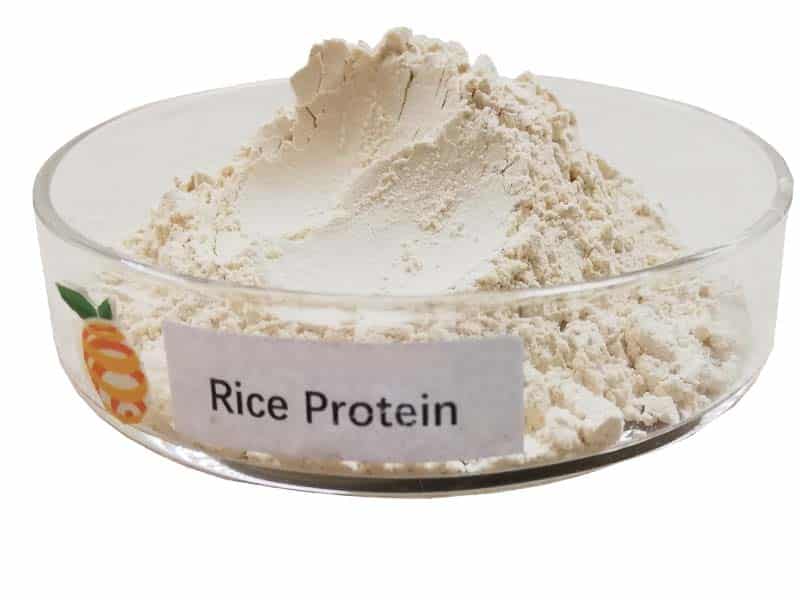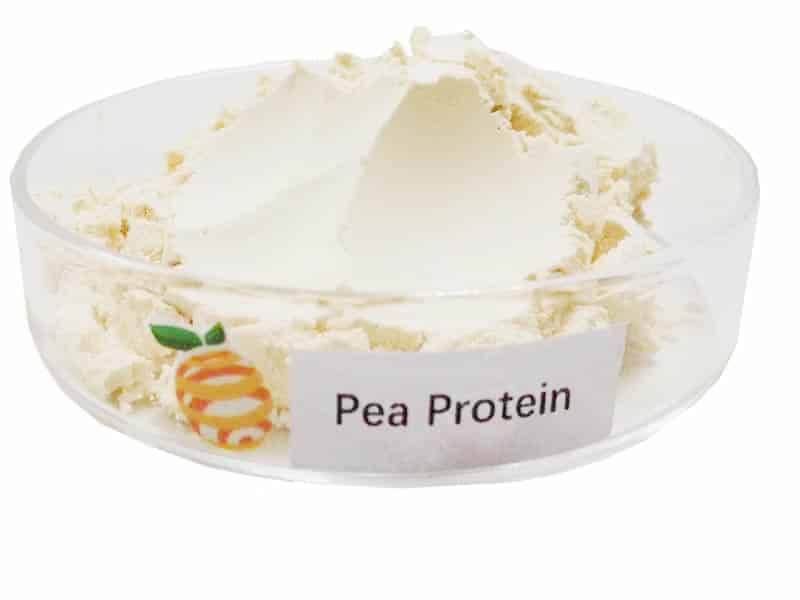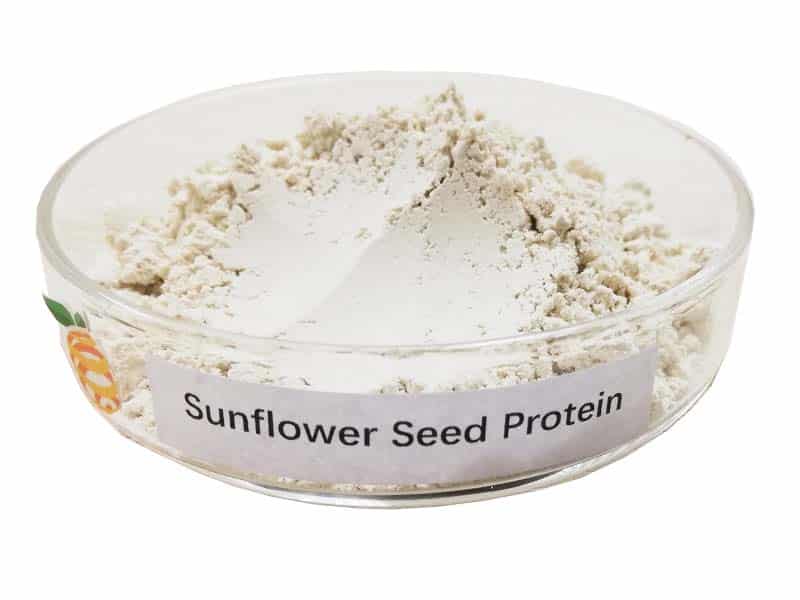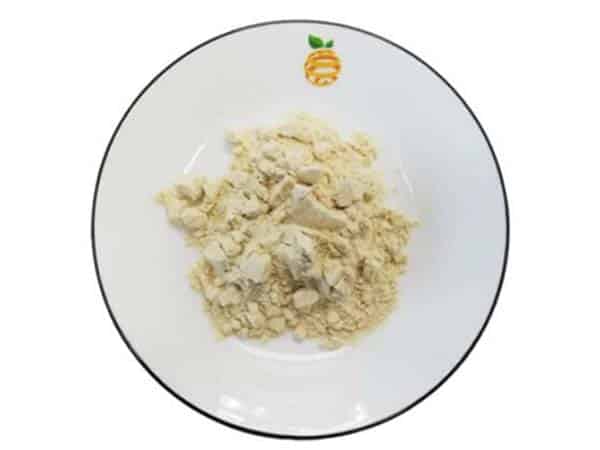Difference Between N-Acetyl D-Glucosamine and Glucosamine
-
Table of Contents
Understanding the Differences Between N-Acetyl D-Glucosamine and Glucosamine
Glucosamine and its derivative, N-Acetyl D-Glucosamine, are popular supplements commonly used to support joint health and treat various conditions like osteoarthritis. Despite their similar names and related functions, these compounds have distinct chemical structures, sources, mechanisms of action, and uses in health and medicine. This article explores the differences between N-Acetyl D-Glucosamine and Glucosamine, providing a comprehensive guide to help you understand which supplement might be best suited for your needs.
Chemical Structure and Sources
Understanding the basic chemical structure and sources of these compounds is essential for distinguishing between them:
- Glucosamine: This is a naturally occurring compound found in the human body, primarily in the fluid around the joints. Commercially, it is extracted from the shells of shellfish or produced synthetically in the laboratory. Glucosamine is a precursor in the biochemical synthesis of glycosylated proteins and lipids.
- N-Acetyl D-Glucosamine: Often abbreviated as NAG, this compound is a derivative of glucosamine. It is formed by attaching an acetyl group to the nitrogen atom of glucosamine. NAG is also found naturally in the human body and can be sourced from the exoskeletons of crustaceans like shrimp, lobster, and crabs, or produced synthetically.
Biological Functions and Mechanisms of Action
Both compounds play crucial roles in maintaining the structural integrity of tissues but do so in slightly different ways:
- Glucosamine: It is primarily involved in building cartilage and is believed to help maintain the lubrication and cushioning in joints, which can help prevent their breakdown. Glucosamine is thought to contribute to the production of compounds involved in the formation of tendons, ligaments, cartilage, and the thick fluid that surrounds joints.
- N-Acetyl D-Glucosamine: NAG works on a more cellular level compared to glucosamine. It is crucial for the synthesis of glycosaminoglycans, key components of joint cartilage, but also plays a significant role in the gastrointestinal lining and the immune system by influencing the production of protective mucus and modulating immune responses.
Health Benefits and Uses
While both supplements are used to support joint health, their specific benefits and applications do vary:
- Glucosamine: Commonly used to treat symptoms of bone and joint disorders, such as osteoarthritis. It is often taken as a dietary supplement by individuals looking to alleviate joint pain and improve joint function. Studies have shown that glucosamine can be effective in reducing joint pain and slowing the degradation of joint cartilage over time.
- N-Acetyl D-Glucosamine: Besides its use in joint health, NAG is particularly noted for its benefits in the digestive system. It helps in treating conditions like inflammatory bowel disease (IBD) and may protect the lining of the stomach and intestines. Additionally, NAG has been studied for its potential in treating autoimmune diseases and improving skin health due to its role in the synthesis of hyaluronic acid.
Side Effects and Considerations
Both supplements are generally well-tolerated, but there are some considerations to keep in mind:
- Glucosamine: It may cause mild side effects such as stomach upset, constipation, and diarrhea. People allergic to shellfish should avoid glucosamine derived from shellfish sources.
- N-Acetyl D-Glucosamine: Similar to glucosamine, NAG can cause gastrointestinal symptoms. However, being a derivative, it might be suitable for those who are sensitive to glucosamine itself.
Conclusion
In conclusion, while both N-Acetyl D-Glucosamine and Glucosamine are vital for maintaining joint health, they cater to different needs and conditions. Glucosamine is primarily used for joint pain and cartilage support, particularly in osteoarthritis. In contrast, N-Acetyl D-Glucosamine offers broader applications, including gastrointestinal health and potential immune modulation. Choosing the right supplement depends on your specific health needs and conditions, and it’s advisable to consult with a healthcare provider before starting any new supplement regimen.
Explore ETprotein’s High-Quality Protein Products
If you’re looking for premium nutritional supplements to complement your health regimen, consider exploring ETprotein’s range of high-quality protein products. Their extensive selection includes organic and allergen-free options, perfect for supporting a healthy lifestyle.
About ETprotein:
ETprotein, a reputable protein and elite nutrition ingredients Chinese factory manufacturer and supplier, is renowned for producing, stocking, exporting, and delivering the highest quality organic bulk vegan proteins and elite nutritional ingredients. They include Organic rice protein, clear rice protein, pea protein, clear pea protein, watermelon seed protein, pumpkin seed protein, sunflower seed protein, mung bean protein, peanut protein. Their offerings, characterized by a neutral taste, non-GMO, allergen-free attributes, cater to a diverse range of industries. They serve nutraceutical, pharmaceutical, cosmeceutical, veterinary, as well as food and beverage finished product distributors, traders, and manufacturers across Europe, USA, Canada, Australia, Thailand, Japan, Korea, Brazil, and Chile, among others.
ETprotein specialization includes exporting and delivering tailor-made protein powder and finished nutritional supplements. Their extensive product range covers sectors like Food and Beverage, Sports Nutrition, Weight Management, Dietary Supplements, Health and Wellness Products, and Infant Formula, ensuring comprehensive solutions to meet all your protein needs.
As a trusted company by leading global food and beverage brands and Fortune 500 companies, ETprotein reinforces China’s reputation in the global arena. For more information or to sample their products, please contact them and email sales(at)ETprotein.com today.








